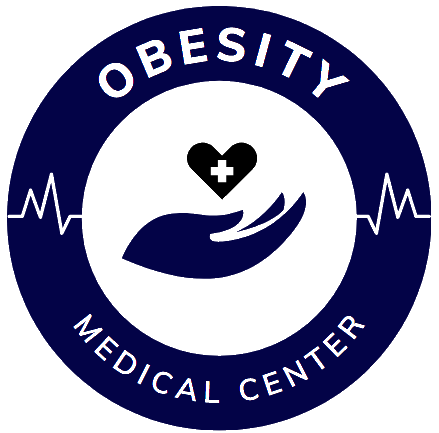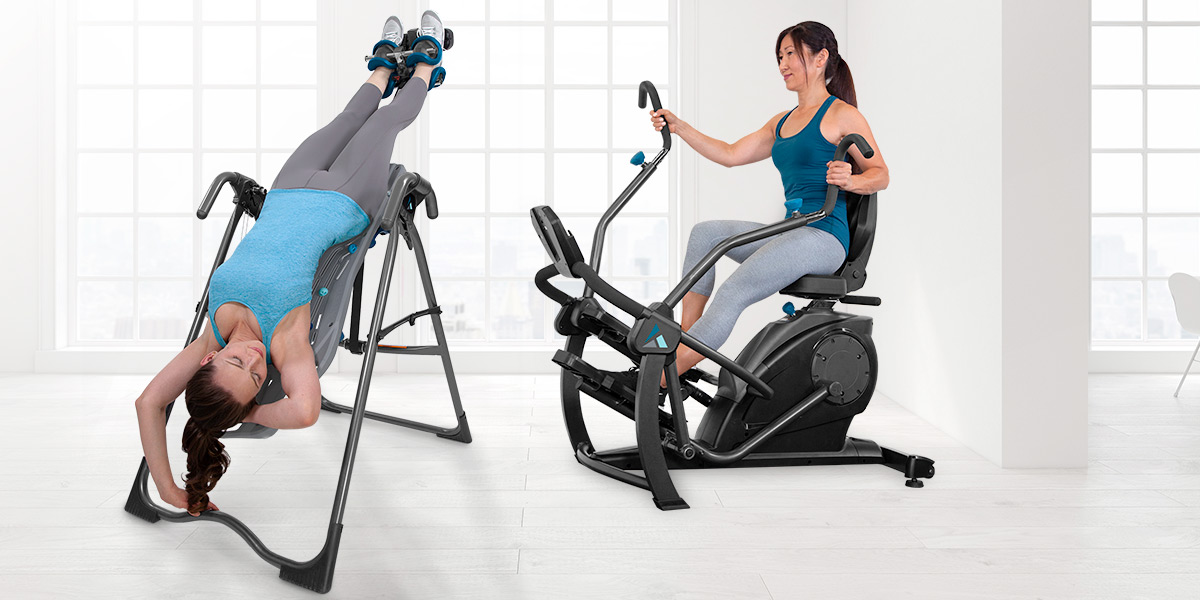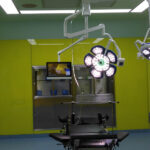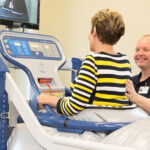Introduction
Rehabilitation is a vital process for individuals recovering from injuries, surgeries, or medical conditions. To support this journey, a wide range of rehabilitation products has been developed. These products are designed to aid in physical therapy, promote mobility, and enhance independence. This article explores the importance of rehabilitation products and highlights some key categories of these products that play a significant role in the recovery process.
1. The Significance of Rehabilitation Products
1.1 Supporting Physical Therapy
Rehabilitation products serve as valuable tools in physical therapy sessions. They assist healthcare professionals in implementing various therapeutic exercises, range of motion activities, and strength training. These products help patients regain muscle strength, improve flexibility, and restore joint mobility.
1.2 Promoting Mobility and Functionality
One of the primary goals of rehabilitation is to restore mobility and functionality. Rehabilitation products such as crutches, canes, walkers, and wheelchairs provide assistance to individuals with mobility challenges. These aids enable them to move around independently, improving their overall quality of life.
1.3 Enhancing Independence and Quality of Life
Rehabilitation products play a crucial role in enhancing independence for individuals with physical limitations. Products like adaptive utensils, dressing aids, and bathing aids enable individuals to perform daily activities more easily and independently. This, in turn, boosts their self-confidence and contributes to an improved quality of life.
2. Categories of Rehabilitation Products
2.1 Mobility Aids
Mobility aids are designed to assist individuals with walking or moving. They include devices such as crutches, canes, walkers, rollators, and wheelchairs. These aids provide support, stability, and improved balance, allowing individuals to maintain or regain their mobility.

2.2 Assistive Devices
Assistive devices are specifically designed to compensate for physical limitations. These products include grab bars, reachers, adaptive utensils, dressing aids, and bathroom safety equipment. Assistive devices enable individuals to perform daily tasks with greater ease and independence.
2.3 Therapy Equipment
Therapy equipment is used during physical therapy sessions to facilitate rehabilitation exercises and activities. Examples include resistance bands, exercise balls, balance boards, and hand therapy devices. These equipment aid in strengthening muscles, improving coordination, and enhancing overall physical function.
2.4 Orthotic and Prosthetic Devices
Orthotic and prosthetic devices are designed to support or replace body parts affected by injury, illness, or congenital conditions. Orthotic devices provide external support and alignment for the musculoskeletal system, such as braces, splints, and shoe inserts. Prosthetic devices replace missing body parts, such as limbs, and restore functionality and mobility.
2.5 Home Modification Products
Home modification products are essential for creating a safe and accessible environment for individuals with mobility challenges. These products include ramps, grab bars, stairlifts, and bathroom modifications. Home modifications ensure individuals can navigate their living spaces with ease and reduce the risk of accidents or injuries.
3. Choosing the Right Rehabilitation Products
3.1 Consultation with Healthcare Professionals
When selecting rehabilitation products, it is important to consult with healthcare professionals, such as physical therapists or occupational therapists. They can assess individual needs, recommend appropriate products, and provide guidance on their usage.
3.2 Individual Needs and Goals
Consider the specific needs and goals of the individual when choosing rehabilitation products. Different conditions and levels of physical ability require different products. Ensure the chosen products align with the individual’s requirements for optimal support and functionality.
3.3 Quality and Durability
Opt for rehabilitation products from reputable manufacturers known for their quality and durability. These products should withstand regular use and provide long-term support during the recovery process. Check for certifications and customer reviews to ensure product reliability.
3.4 User-Friendliness and Safety
Rehabilitation products should be user-friendly and safe to use. They should have clear instructions, adjustable features, and comfortable designs. Safety features such as non-slip grips and sturdy construction should be prioritized to minimize the risk of accidents or injuries.
4. Benefits of Rehabilitation Products
4.1 Improved Recovery and Rehabilitation Outcomes
The use of rehabilitation products enhances the effectiveness of rehabilitation programs, leading to improved recovery outcomes. These products facilitate targeted exercises, promote proper alignment, and support functional movements, accelerating the rehabilitation process.
4.2 Increased Confidence and Independence
Rehabilitation products empower individuals by enabling them to perform tasks and activities independently. By reducing physical limitations, these products boost confidence, self-esteem, and a sense of control over one’s own life.
4.3 Enhanced Quality of Life
By promoting mobility, functionality, and independence, rehabilitation products contribute to an enhanced quality of life. They allow individuals to engage in social activities, pursue hobbies, and participate in daily routines with greater ease and enjoyment.
5. Conclusion
Rehabilitation products are essential tools that support the recovery and independence of individuals undergoing rehabilitation. They aid in physical therapy, promote mobility, and enhance overall well-being. By choosing the right products and incorporating them into rehabilitation programs, individuals can experience improved recovery outcomes, increased confidence, and a higher quality of life.

FAQs (Frequently Asked Questions)
- Do rehabilitation products require a prescription?
- Not all rehabilitation products require a prescription. However, certain specialized devices, such as orthotic or prosthetic devices, may require a prescription from a healthcare professional.
- Can rehabilitation products be used at home?
- Yes, many rehabilitation products are designed for home use. Home-based rehabilitation programs often incorporate the use of specific products to facilitate exercises and activities in a familiar environment.
- Can rehabilitation products be covered by insurance?
- In some cases, rehabilitation products may be covered by insurance. It is advisable to check with your insurance provider to determine the coverage and any requirements for reimbursement.
- How long should rehabilitation products be used during the recovery process?
- The duration of using rehabilitation products varies depending on the individual’s condition, treatment plan, and progress. It is important to follow the guidance of healthcare professionals regarding the appropriate duration of product usage.
- Where can rehabilitation products be purchased?
- Rehabilitation products can be purchased from medical supply stores, online retailers specializing in healthcare products, and through healthcare providers or physical therapy clinics.



